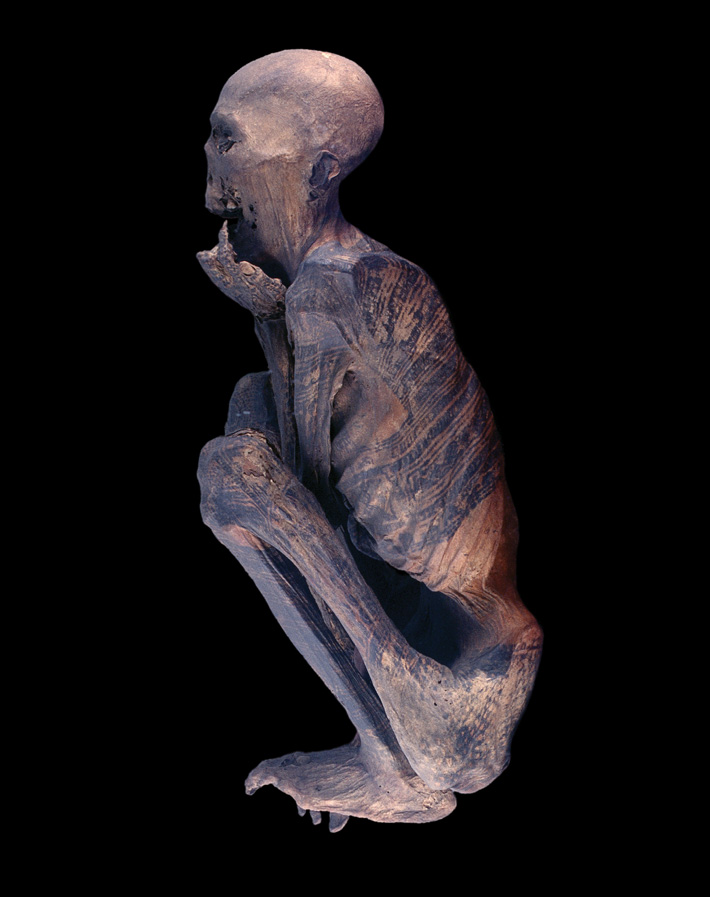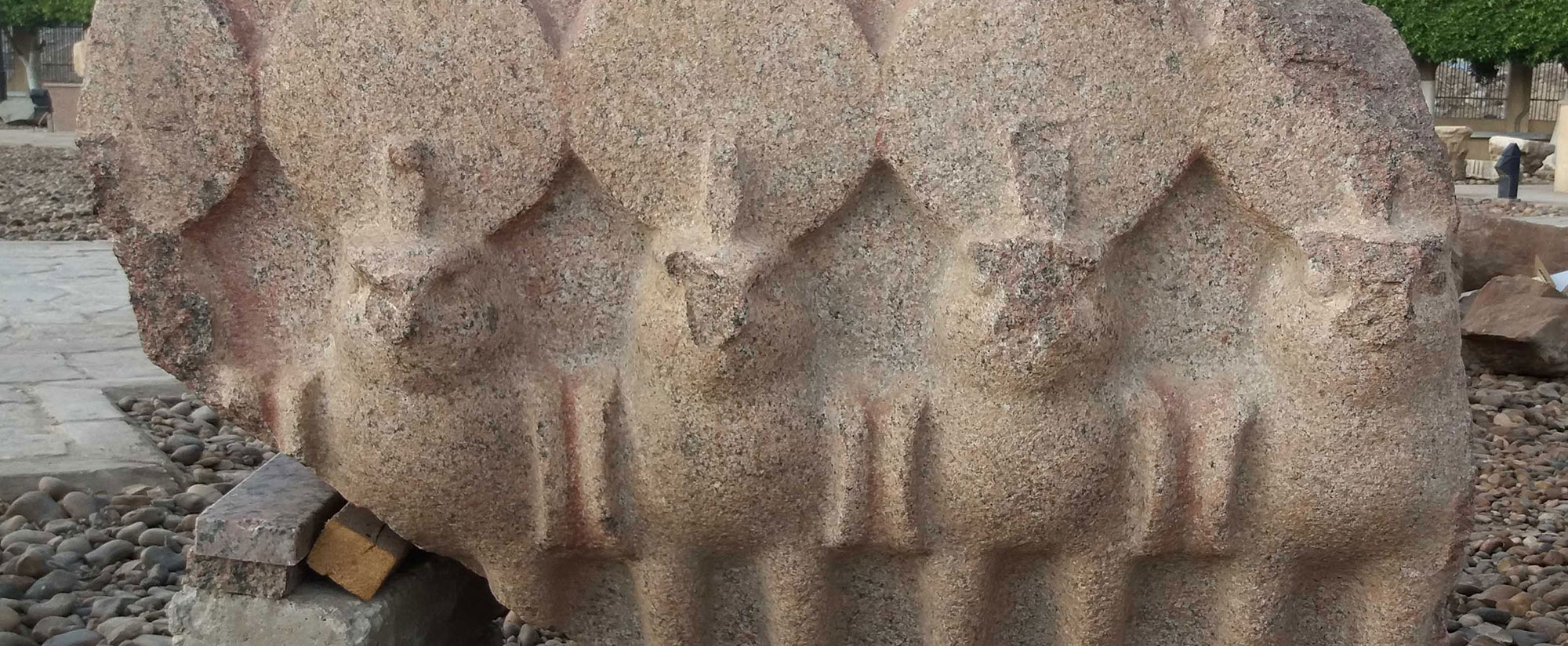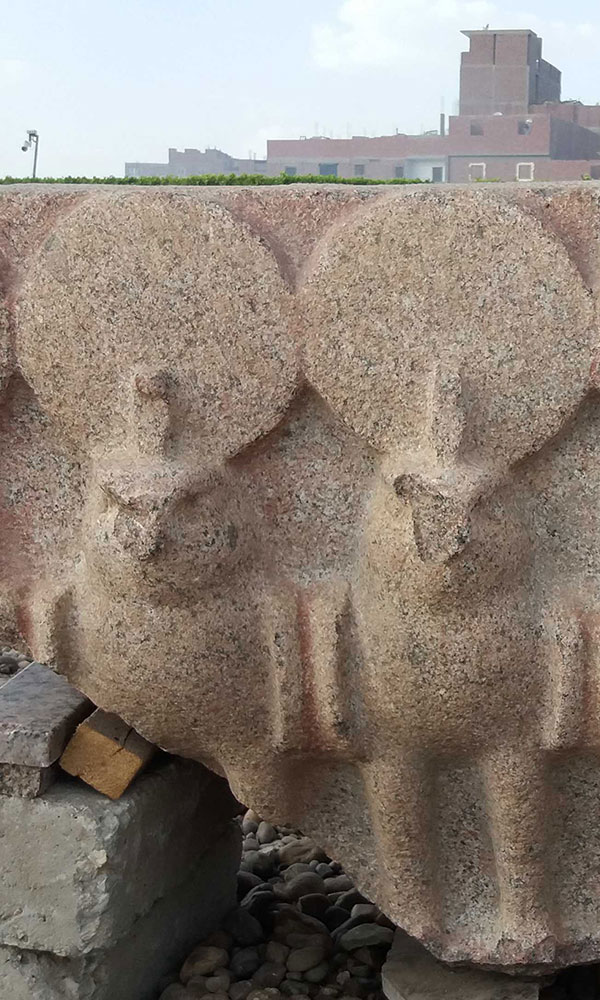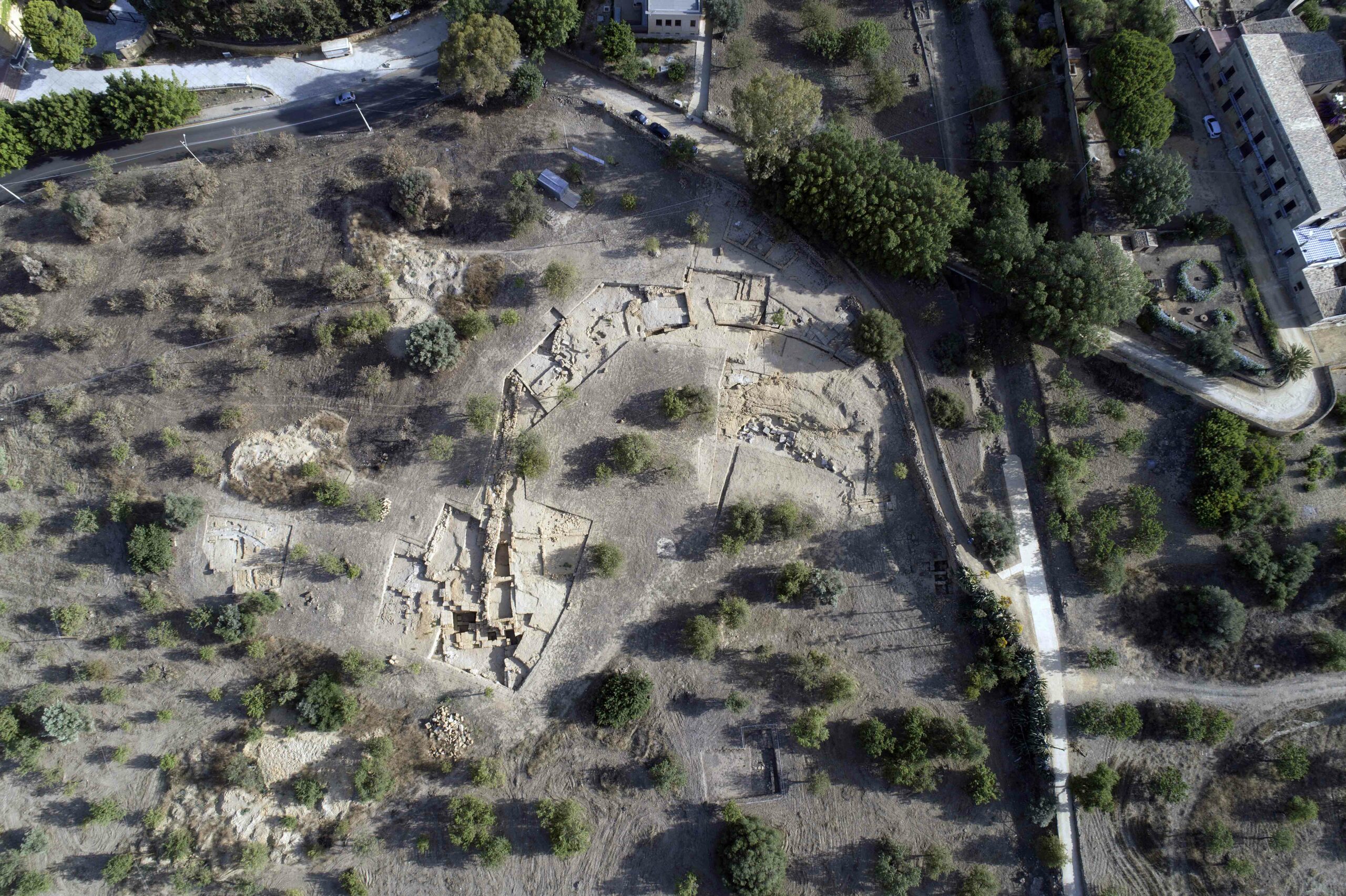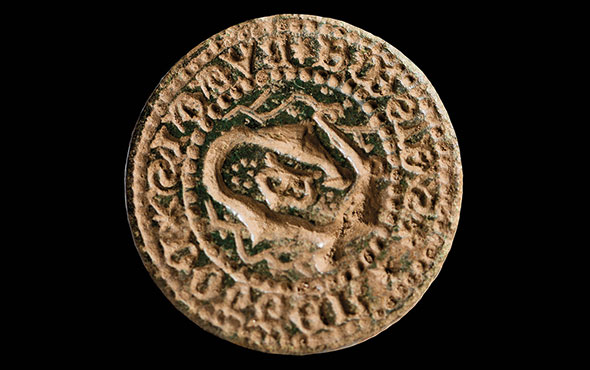
CANBERRA, AUSTRALIA—According to an NPR report, archaeologist Armand Salvadore Mijares of the University of the Philippines and an international team of researchers have unearthed bones in a cave on the island of Luzon that they say came from three individuals of a previously unidentified human species. The specimens, dated to between 50,000 and 67,000 years ago, include toe bones, finger bones, part of a thigh bone, and seven teeth. Dubbed Homo luzonensis, after the island where they were discovered, the bones combine primitive and modern traits, such as an ape-like curved toe bone that may have been used for climbing trees, and several teeth that resemble those of modern humans. Paleoanthropologist Florent Détroit of France’s National Museum of Natural History said Homo luzonensis may have descended from a population of Homo erectus that migrated out of Africa hundreds of thousands of years ago. “This is yet another piece of evidence to show that the features [of the body] definitely do not evolve at the same speed,” he said, “especially in different species in different geographical places.” Other scientists suggest Homo luzonensis and other fossil species found in Asia may have descended from other early Homo migrants out of Africa. For more, go to “Our Tangled Ancestry.”





